
Two Sides of the Same Coin?
Sat, 17 Jul 2021 | Reading Time: 6 minutes

During a security briefing to Pakistani lawmakers, top generals of the Pakistan Army startled everyone by describing the Afghan and Pakistani Taliban as “two sides of the same coin because of their ideological connection”. Until this briefing, the standard line in Pakistan was that Afghan Taliban are ‘good Taliban’ and Pakistani Taliban are ‘bad Taliban’. Now suddenly, they were both being lumped together.
For most Pakistanis, who had been brainwashed into believing that the Pakistani Taliban were on the Indian payroll and weren’t part of the Afghan Taliban cohort, this admission by the top generals came as a bit of a bolt from the blue. But more seasoned Pakistani analysts weren’t surprised by this disclosure. They had been pointing out for many years that the Taliban on both sides of the Durand line were Siamese twins, joined at the hip, and the head.
The admission by the Pakistan Army didn’t however dampen the celebrations, among large sections of Pakistanis, over the lightening advances that the Afghan Taliban seem to have made inside Afghanistan in the last two months. While the Taliban and their sympathisers and supporters in the erstwhile FATA and cities like Peshawar and Quetta came out of the woodwork to hold celebratory marches over the victories being notched up by the Taliban in Afghanistan, official troll armies of the Pakistani ‘deep state’ and the political party it has ‘selected’ to rule Pakistan (PTI), were trending the hashtag #TalibanOurGuardians. The President of Pakistan, and top ministers in the government, including foreign minister SM Qureshi and Interior Minister Sheikh Rashid, were heaping encomiums on the Afghan Taliban.
Clearly, there is a complete disconnect between the military brass’ briefing that reflected a creeping self-doubt on whether a possible Taliban victory in Afghanistan is good or bad for Pakistan, and the triumphalism over Taliban victories in large sections of the Pakistani society. In a way, the celebratory mood in Pakistani ‘civil society’ (if at all it can be called that) validates what many Pakistani analysts have been pointing out over the years: it is not Pakistan that will get strategic depth in Afghanistan because of the Taliban; it will be the Taliban who will get strategic depth in Pakistan.
The irony is that the Pakistan Army has always held the Taliban coin in its hands. All it had to do was to look at the other side of the coin to realise that the Afghan and Pakistani Taliban were two sides of the same coin. Perhaps, the generals did flip the coin and saw the other side. But if they did, they pretended otherwise, and now are trying to find some wriggle room, especially because ever since the Afghan Taliban have been on the march in Afghanistan, there has simultaneously been a spike of sorts of attacks by Pakistani Taliban inside Pakistan.
Over the last few months, around 50 army and paramilitary personnel have been killed in hit-and-run attacks by suspected Islamist terrorists. Two recent attacks – one on an army patrol in the Tribal areas and the other being the bombing of the bus carrying Chinese engineers in Kohistan – have only added to the growing sense of disquiet in the security establishment.
That the Pakistani Taliban emerged, in a manner of speaking, from the womb of the Afghan Taliban, is hardly a state secret. The Tehrik-e-Taliban Pakistan (TTP) might have come into being in 2007, after the Lal Masjid episode in Islamabad, but Pakistani Taliban had started springing up more than a decade earlier.
After the Afghan Taliban captured Kabul in 1996, there were sporadic reports in the Pakistani media about local groups and gangs of young men, in the erstwhile Federally Administered Tribal Areas (FATA) – these have now been amalgamated in the Khyber Pakhtunkhwa province and are called Tribal Districts – declaring themselves to be local Taliban.
Most of these Taliban acolytes were nothing more than 5-10 young men, who were inspired by the Taliban and enthused by the success of the puritanical and fanatical Islamist movement with a medieval mindset. Many of these local Taliban went on to serve, fight, work with and in the Taliban regime, headed by Mullah Omar. People like Nek Mohammad, Baitullah Mehsud and Hakimullah Mehsud are reported to have been part of the Afghan Taliban movement. Abdullah Mehsud, another Pakistani Taliban leader was associated with Al Qaeda. All the TTP commanders accepted the leadership of Mullah Omar and his successors and swore loyalty to them.
The Punjabi Taliban belonged to Deobandi terrorist groups like Harkatul Mujahideen and its various avatars – Harkatul Jihad Islami, Harkatul Ansar, and later Jaish-e-Mohammad and Khuddamul Islam. Sectarian terrorists from Sipah-e-Sahaba Pakistan and its more extreme faction, Lashkar-e-Jhangvi, are part and parcel of the same Deobandi terrorist conglomerate.
All this has been known to the Pakistani security establishment. In fact, the ISI not only supported these groups, but also used them, split them, morphed them, dissolved them, smashed them, you name it. Therefore, when the top generals say that the Pakistani Taliban are no different from the Afghan Taliban, they know what they are talking about. And yet, they turned a blind eye to this organic connection, because the strategic imperative at that time was to support the Afghan Taliban, but crush the Pakistani Taliban.
What is quite remarkable is that the Pakistani military establishment was able to compartmentalise these two groups of Taliban without disrupting its strategic gameplan. Not only that, the ISI was also successful in weaning away the Punjabi Taliban, from the Pakistani Pashtun Taliban, around the middle of the last decade. People like Asmatullah Muavia were won over, and pardoned for their involvement in massacres of Pakistanis, including soldiers with whose heads they played football. As the former ISI chief Asad Durrani said once in relation to the Army Public School massacre: it was collateral damage that had to be borne in pursuit of strategic objectives.
But the compartmentalisation of the various Taliban might not be possible anymore. It was easier when the Afghan Taliban were dependent on Pakistani support and the Pakistanis were in a position to tighten the screws on the Taliban whenever they wanted. This was the reason why despite the Pakistanis mistreating the Taliban, putting their leaders in prison, ordering them about, even killing some of the Taliban leaders in custody, the Taliban bore it all without too much of a fuss.
Some of those compulsions will not obtain going forward, even less so if the Taliban are able to establish a base inside Afghanistan. And if the Taliban manage to extend their sway over all of Afghanistan, then they will become more autonomous and be able to establish a degree of parity with the Pakistanis.
The fact that some of the countries around the world are already trying to side up to the Taliban, means that unlike the 1990s, when the Pakistanis called all the shots, this time the Taliban will have options other than Pakistan. That will give them a lot of space for manoeuvre, especially on their support for TTP who share the same ideology, are cut from the same cloth and have a similar agenda of establishing their version of Islamic rule or Emirate inside Pakistan.
The Pakistani military establishment knows this and therefore are now concerned of the likely fallout of a Taliban rule in Afghanistan. They also know that the Taliban despite not making a fuss over the Pakistan Army crushing the TTP, have used the TTP as a sort of leverage against Pakistan.
For their part, the Pakistanis believe that the Haqqani Network is their cat’s paw in the Taliban camp. How these equations work out in the future remains to be seen. What is clear however is that the AfPak region is likely to once again become a Witches Brew of Islamist terror groups. The possibility of this spilling over into Pakistan is very high, more so since the Pakistani soil is fertile for the growth and spread of this ideology.
Way back in the earlier part of this decade, the then Punjab Chief Minister Shehbaz Sharif had publicly requested the Taliban to spare Punjab, as his party PMLN and the Taliban, were fighting for the same cause. The current Pakistani PM Imran Khan has been known by the moniker ‘Taliban Khan’ for his endorsement of the Taliban brand of justice and governance (whatever that is).
The military brass knows this, and yet it is caught in a situation where it cannot but be wary of the Taliban, but it cannot avoid continuing to back them. Suffice to say, the relationship status between Pakistan’s real rulers – Pakistan Army – and the Taliban is complicated and will become even more entangled going forward.
********************************************************************************************************
Author

Sushant Sareen is Senior Fellow, Observer Research Foundation and Consultant Editor, Chanakya Forum. He is an expert on Pakistan and Terrorism, his published works include Balochistan: Forgotten War, Forsaken People (2017), Corridor Calculus: China-Pakistan Economic Corridor & China’s Comprador model of investment in Pakistan (2016).
Disclaimer
The opinions expressed in this article are the author’s own and do not reflect the views of Chanakya Forum. All information provided in this article including timeliness, completeness, accuracy, suitability or validity of information referenced therein, is the sole responsibility of the author. www.chanakyaforum.com does not assume any responsibility for the same.
Chanakya Forum is now on . Click here to join our channel (@ChanakyaForum) and stay updated with the latest headlines and articles.
Important
We work round the clock to bring you the finest articles and updates from around the world. There is a team that works tirelessly to ensure that you have a seamless reading experience. But all this costs money. Please support us so that we keep doing what we do best. Happy Reading
Support Us




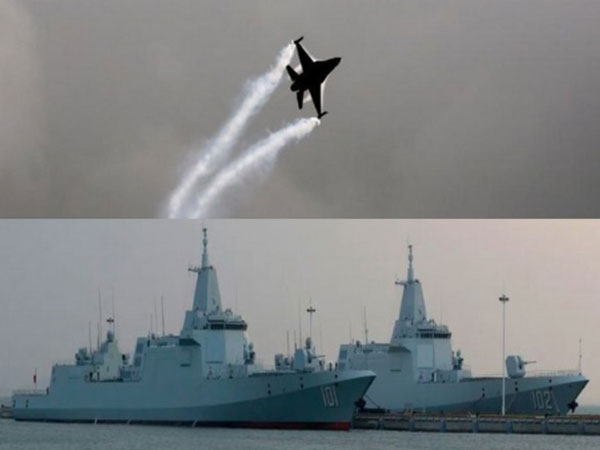

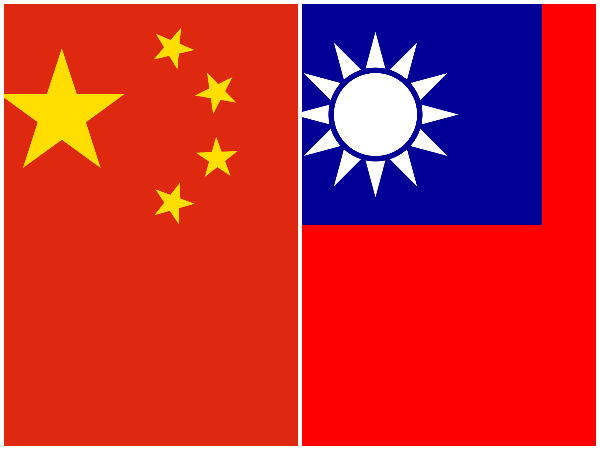

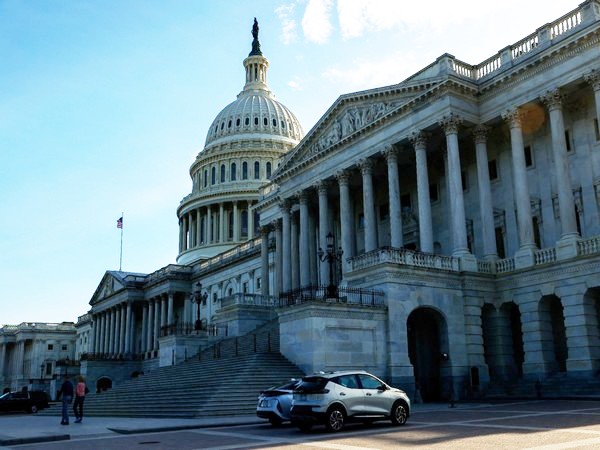

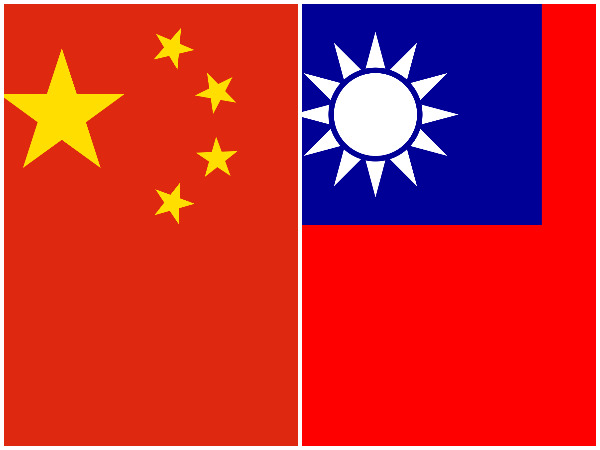


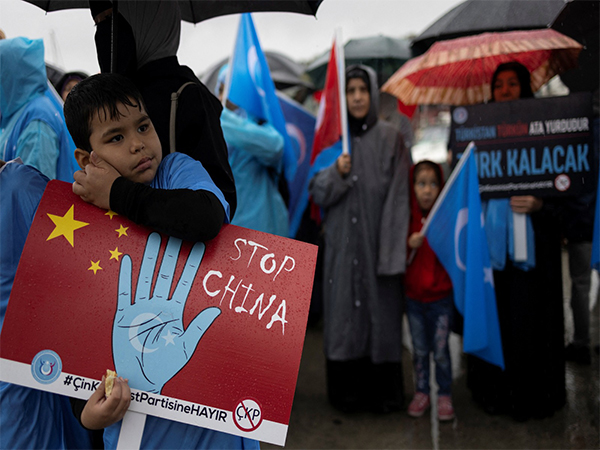






POST COMMENTS (4)
सर्वजीत
Ruben Harry
Ashok tomar
Haresh Nayak